Lessons from the May Floods in Serbia
By Želimir Kešetovic, University of Belgrade, faculty of security studies; Predrag Maric, Republic of Serbia, assistant minister of interior;
and Vladimir Ninkovic, University of Belgrade, faculty of security studies
Numerous case studies show that crisis communication can prevent the onset or escalation of a crisis, impact its course, and reduce or increase the duration and severity of consequences as well as the degree of potential reputational damage to crisis actors. Therefore, an organization’s communication with the public is among the key elements of crisis management.
Even though literature deals mainly with crisis communications in the corporate sector, the observations hold true for the public sector as well. Legal responsibility and accountability, as well as public scrutiny, have made those who implement public policy important actors of crisis communications, especially in a sensitive field such as emergency management. However, in practice, there are significant differences in the implementation of crisis communications in various political contexts, not only on a technical, normative or operational level, but also on a more abstract, symbolic, meaning-making and meaning-shaping level.
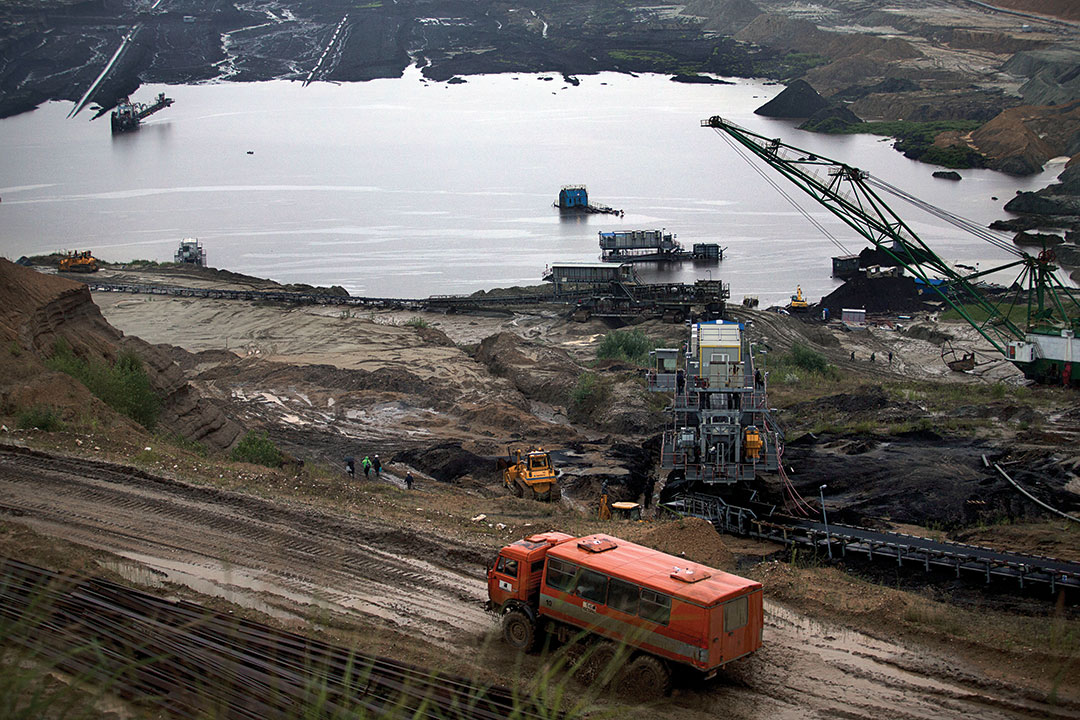
In Serbia, public institutions and units in charge of crisis/emergency management are undergoing a transformation. The state administration is gradually adopting the concept of public service and the doctrine of “new public management” that argues that ideas used in the private sector may be successfully implemented in the public sector. Countries in transition undergo a deep transformation in all areas of governance, undertaking efforts to implement democratic institutions and overcome the burden of authoritarianism. This process includes changes in the value system, state and public priorities, and structures.
By its very nature, transition is a source of vulnerability. A move from a centrally planned economy to a market economy, accompanied by the reconfiguration of social structures and status arrangements, often becomes a source of disappointment and frustration to the public. For security, legal and ethical reasons, citizens need to be aware of risks, informed during an ongoing crisis and updated about recovery efforts. The public’s security is directly dependent on the speed and accuracy of information. During emergency situations, uniform information with synchronized and harmonized responses is critical. Inadequate responses by the government and rescue agencies can exacerbate an emergency, cause a reputational crisis and increase the possibility of turning a crisis into a disaster. Therefore, adequate and timely communication among various levels of decision-makers — national, regional and local, as well as the public and private sectors — is of the utmost importance.
The significance of an informed public and the problems stemming from the lack of it were visible during the May 2014 floods that hit Serbia and neighboring countries. According to media reports, many people — without any apparently justifiable reason — did not comply with evacuation orders. The public reaction — either panic or a controlled response — to a situation greatly depends on the capacity and capability of crisis managers to share information with citizens in a timely and appropriate manner, which was not always the case. Additionally, politics and the media (including the internet and social media) were occasionally part of the problem, rather than part of a solution.
Politicization and sensationalism were unfortunately prevalent in the media. Local authorities were an important, but not always visible, piece in that chaotic puzzle of untimely, sensationalist and often confusing information. Sector for Emergency Management, a specialized unit of the Serbian Ministry of Interior, coordinates the activities of all state and civil society institutions involved in emergency and disaster management at all levels of political territorial organization. The sector has operational and expert bodies for coordinating and managing crisis response. They are permanent bodies established for municipalities and cities by their respective assemblies, for administrative districts by the national emergency management headquarters, and for the autonomous provinces and republics by their respective governments. If needed, headquarters establishes auxiliary teams to execute specific tasks related to protection and rescue.
To assess the perception of their own communication efforts and relationships with the media and political actors, a questionnaire consisting of 25 questions was sent to the emergency management headquarters of 31 municipalities and nine cities affected by the floods and in which a state of emergency was called. The results are arguably skewed — the survey was not anonymous, and the respondents received the questionnaire through a state institution — but they may give an initial insight into the communication practices of local self-government units and their relationships with the media, policymakers and the public.
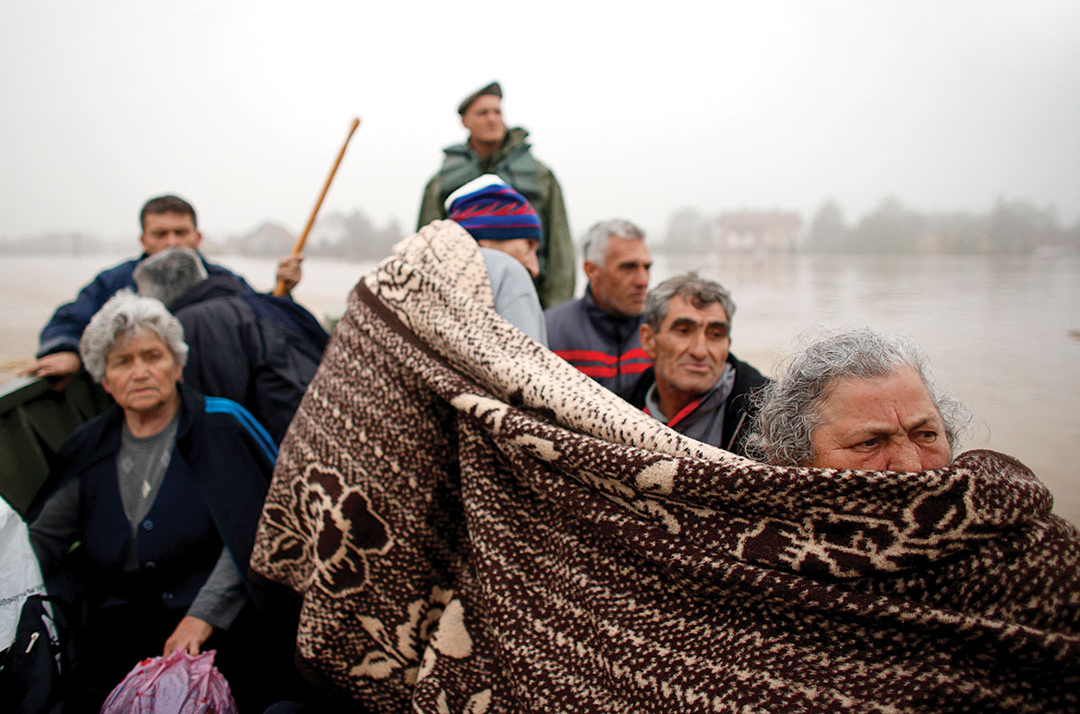
Risk, crisis and disaster communication
Contemporary society is not only a “risk society,” but an informational society as well. We rely on written and verbal messages on a nearly constant basis to evaluate the world and the risks associated with living in it, according to risk and crisis communications expert Pamela Ferrante Walaski. Linguistics and communication theory in the late 20th century showed that messages do not only have a semantic, but also a pragmatic function, which particularly comes to prominence in communicating risks and crises. We now know that messages are often used to influence their recipients to behave in a certain way, as well as to change their perception. Risk and crisis communications is the process of communicating information, with a view toward influencing the public to prepare and respond better and more efficiently during a negative event. The first attempts to systematize knowledge in this field may be traced to the Three Mile Island nuclear accident in the United States in 1979. However, a turning point occurred with the introduction of the World Wide Web and other forms of digital communication, triggering a substantial increase in the volume and type of messages available to the general public, according to Walaski.
Crisis communications are often lumped together with emergency and disaster communications because the differences are rather small. In practice, there is not much of a distinction — the public will need to be assured that the institutions know what they are doing, and the public will need to be reached through the media. In the case of natural disasters, some observers have suggested adopting a comprehensive approach that incorporates risk and crisis communications into a hybrid form known as CERC — Crisis, Emergency Risk Communications. In each of the four phases of emergency management (i.e., mitigation, preparedness, response and recovery), communication has different goals and implements various strategies. The mitigation and preparedness phases greatly overlap with risk communications because they are aimed at educating and informing the recipients about potential emergencies or disasters. Communications during disaster response provide critical information that the public can act upon to survive the disaster and access relief assistance, whereas in the post-disaster recovery phase, the focus is on informing the public of the types of recovery assistance, according to communications Professor Timothy Coombs. The aim of disaster communications is to get individuals and communities to act.
Disaster communications represent a logical continuation of risk communications that aim to “help risk bearers, those who must face the consequences of the risk, become more comfortable with the risk,” Coombs writes. “Part of the risk communication process is explaining risks to risk bearers and trying to understand their concerns about the risks.” Risk communications are a dialogue between risk creators and risk bearers, in which state institutions often serve as an intermediary. Risk communications educate and inform the public about the sources of risk in their surroundings, the probability of a disaster and the consequences of a potential disaster before they seem relevant, i.e., when everything is still “normal.”
Therefore, in theory, efforts invested in risk communications during normal times should build trust between stakeholders through dialogue and make the public better educated and informed about potential disasters, which would result in improved readiness. A successful risk communication should pave the way for smooth implementation of disaster communications, as well as help the institutions in crisis by strengthening their reputation and building trust with various publics in the pre-crisis period.
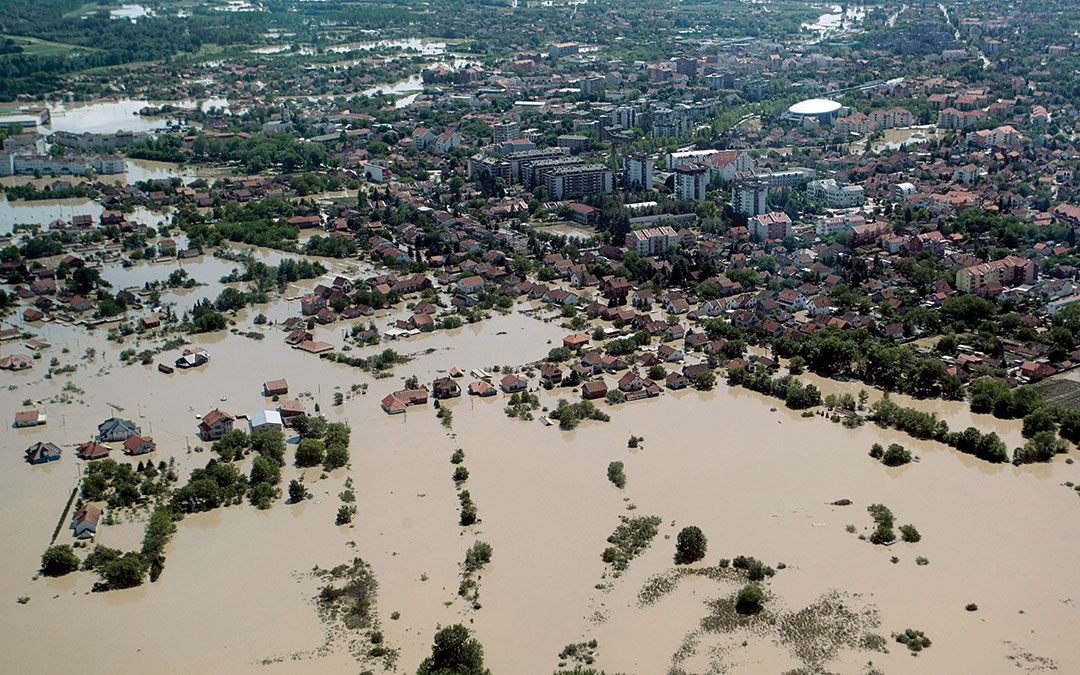
Crisis communications in the public sector
Risk and crisis communications may be considered subfields of risk and crisis management, which according to Walaski include common themes of evaluation and control of risks and crises to bring about a successful outcome, or at least to minimize the damage from an event. Crisis management and crisis communications have been viewed mainly within the paradigm of corporative security. However, not only are organizations and big corporations placed at risk by emergency situations, crises and disasters, but so are their surroundings. As Coombs states: “At its heart, crisis management is about making the world a safer place.” This holds true for large-scale, fundamental crises that lead to emergency situations, which can consequently become disasters — be it natural or man-made. As far as disaster management by public organizations is concerned, the communicative aspects of crises have been neglected for many years. However, the increased number and magnitude of crises, as well as public criticism toward governmental crisis communication, has placed the topic firmly on the agenda, according to Pauliina Palttala, a disaster management expert.
“In general, the management of natural disasters and public health emergencies has always included a significant communication component in the form of warnings, risk messages, evacuation notifications, messages regarding self-efficacy, information regarding symptoms and medical treatment,” according to a paper in the Journal of Health Communication by Barbara Reynolds and Matthew Seeger. Different kinds of crises, however, manifest different forms of threat and different communication exigencies. For instance, floods are usually accompanied by recommendations that residents drink bottled water or boil water to avoid waterborne pathogens. In the case of flood risks and other potential natural disasters, it is impossible to establish a dialogue with the forces of nature. The public will look to state, regional and local authorities to provide them with enough information and to instruct them on how to better prepare and respond more efficiently if the disaster strikes. If that is lacking, a natural disaster may trigger a reputational crisis for all levels of government. This holds true even more in countries in transition where the level of trust in the government and politicians is often very low.
A low level of trust makes communication efforts ineffective, while lack of communication or insistence on one-way communication in normal times decreases the level of trust. This vicious circle may be broken, although it takes time for trust to be built. While the transition from trust to distrust is often rather abrupt and is reflected in a crisis of confidence, the regaining of trust appears to be a slow and gradual process, according to a paper by Wouter Poortinga and Nick Pidgeon in the journal Risk Analysis. The ability to establish constructive communication will be determined by whether the audience perceives the communication and communicator to be trustworthy and credible. This is not to say that uncritical, emotional acceptance is desirable, at least not in democratic societies.
Along a continuum between unconditional trust and total rejection, a healthy type of distrust can be found — critical trust. For police work, including the work of emergency response units, a high level of trust is a necessary precondition for citizens to accept and cooperate with them. Without this acceptance and cooperation, the police cannot be efficient and effective. The existence of trust in institutions, in particular first responders, becomes evident during emergencies and disasters. For instance, if community members are told to evacuate or to shelter in place, they will be more compliant if they believe the suggested behavior will work. So, if the risk communication was effective (which serves not only to inform and educate the public, but also to build mutual trust), emergency directions should produce better results than if no attention was given to risk communications in the community before the crisis, according to Coombs. During the May floods, one of the main problems that Sector for Emergency Management encountered was noncompliance with orders for evacuation in the flooded areas. Indeed, noncompliance, i.e., the question: “How do we get people to behave appropriately during disasters,” has been identified as one of the largest gaps in international emergency management research, according to Linda Shevellar and Rebecca Riggs in a paper for The Australian Journal of Emergency Management. The answer to this question is complex and the findings of a pilot project by the two authors, who interviewed individuals who acted contrary to official messaging during floods in rural Australia, offer a good starting point for analyzing noncompliance during Serbia’s May floods. Among the identified drivers in their study were: the pull of attachment, the need for control, the moving from hardships toward pleasure and the power of identity.
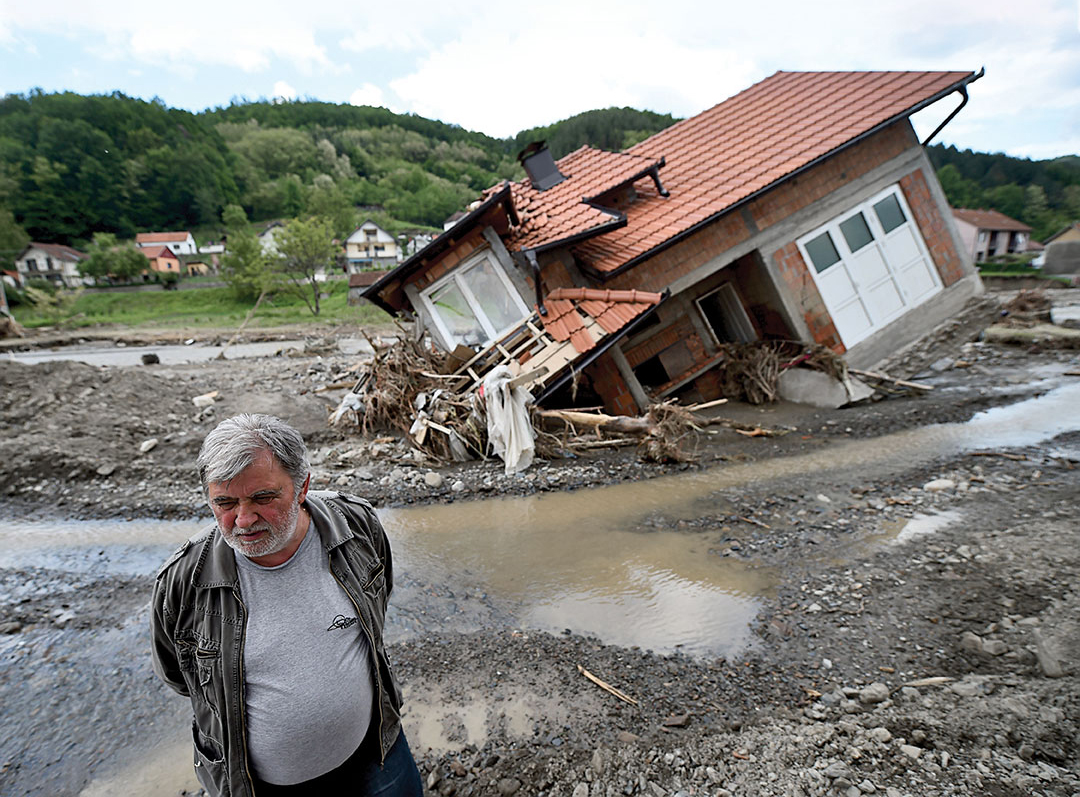
Another issue that often becomes salient during emergencies is the spread of rumors. Nowadays, rumors can reach far more people than just 10 years ago, thanks to social networks that have become the main source of information, particularly for young people. According to communications Professor Kathleen Fearn-Banks, “The Internet is a great source of information and news, but it is an even greater source of misinformation and rumor. Opinion, guesses, assumptions as well as rumor present tragic consequences to people who are victimized because Internet users often believe everything they read is true.” Various studies have shown that the most trusted source of information is other people, especially friends, whether real or Facebook ones, and that makes combating rumors and misinformation particularly difficult. As pointed out earlier, crisis communications during an emergency are aimed at helping the public take the correct action. However, Coombs writes, through the “new media,” or social media, the audience is starting to collect and exchange their own information and act on it as they see fit. In addition, it is difficult to enact laws against untrue or misleading information on various sensationalist websites, according to Walaski. In the case of natural disasters, there is frequently speculation regarding the withholding of information about casualty numbers, the spread of contagious diseases, and the inhumane conditions in which evacuees must temporarily reside. Regardless of the genesis of the rumors, Walaski writes, it is crucial to treat their existence as a crisis and elevate their seriousness to prompt some type of action.
Because public institutions are often the subjects of communication during emergency situations, the politicization of their management and communication efforts is almost inevitable. This is even more prominent in countries where public institutions with important roles in emergency management are led by political appointees. The politicization in Serbia was visible in the way opposition parties and media unaffiliated with the government (in the case of Serbia, mainly weekly magazines, news websites and blogs) viewed the protection and rescue efforts of state and local authorities.
At the end of a crisis, theory says that it is important to adopt the “lessons learned.” Some communication efforts can be evaluated, but other more vague and symbolic ones are difficult to assess. Recently, there have been efforts to create “scorecards” or “indicators” that take into account the crisis phases and stakeholders. But their practical usefulness is yet to be evaluated.
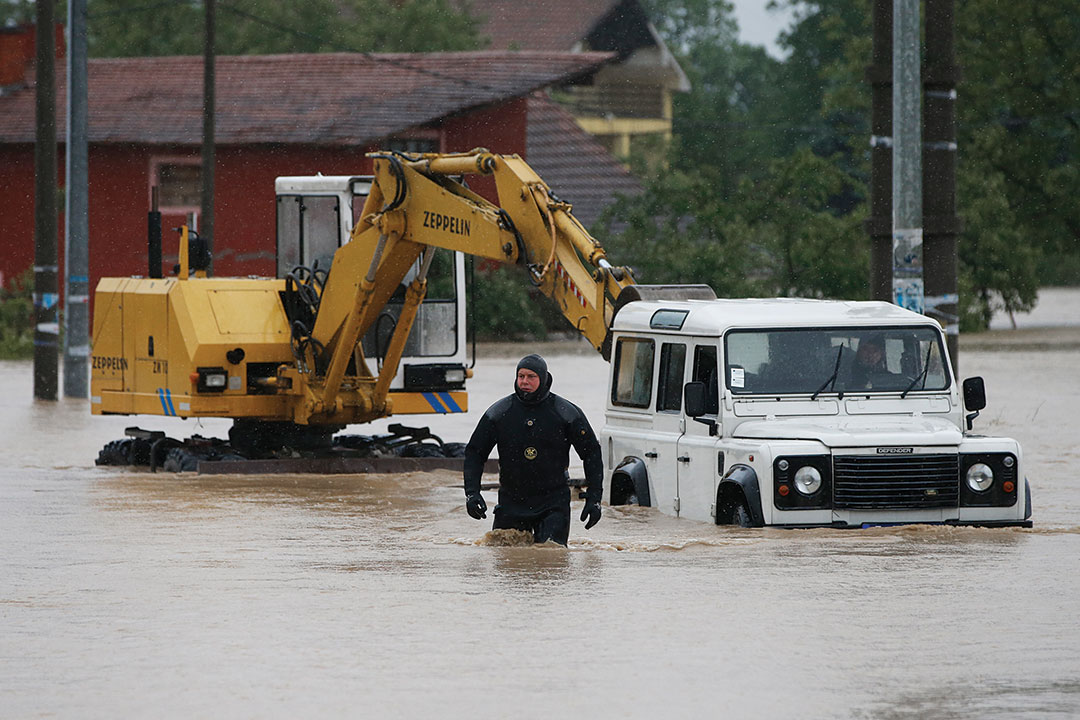
May floods — events and media representation
May 14, 2014, marked the start of the heaviest flooding in Serbia and the region (including Bosnia and Herzegovina and Croatia) in the past 120 years, since the beginning of meteorological measurement. Within a day, the flood had caused three casualties, knocked out power and isolated several towns and villages.
On May 15 at 11 a.m., Serbian Prime Minister Aleksandar Vučič declared an emergency for the entire country. Flooding disrupted production in two coal mines supplying major power plants — Thermal Plant Nikola Tesla in Obrenovac and the Thermal Plant Kostolac. The highway connecting Belgrade with the third-largest city in Serbia, Niš, and with Macedonia and Bulgaria was flooded. The main railway line, connecting Belgrade with the Montenegrin port of Bar, was also interrupted. The worst affected municipalities — Loznica, Šabac, Sremska Mitrovica, Obrenovac and Kostolac — were near the river Sava and its tributaries (the Drina, the Kolubara, the Tisa and the Mlava). The Sava reached its peak near Šabac on May 18. A state of emergency was declared in nine cities and 31 municipalities.
The situations in Šabac, Obrenovac and Kostolac were the most dramatic. In those municipalities, important facilities were threatened by floodwaters: Zork, a chemical factory in Šabac, and the coal-fueled thermal power plants and coal mines in Obrenovac and Kostolac that provide electricity for more than 60% of Serbia. In some areas, heavy rains triggered landslides. In the municipality of Krupanj, torrents, mudslides and landslides created infrastructure damage, and in Mali Zvornik, a hill threatened to slide into the river Drina and cut its flow. On May 20, a three-day mourning period was declared by the government. By May 21, 32,000 people had been evacuated, 20,000 of them from Obrenovac. The role of local self-governing units (LSGUs) during floods and other natural disasters and emergency situations is detailed in legal and strategic documents (Law on Emergency Situations, Law on Local Government, National Security Strategy, National Protection and Rescue Strategy in Emergency Situations.). Even the Constitution of the Republic of Serbia stresses the importance of the role of local governments in the management of natural disasters. In cases when emergency situations exceed local capacities — when a state of emergency is declared on a regional and/or national level — the local authorities will still be the main communicators and points of contact for the population.
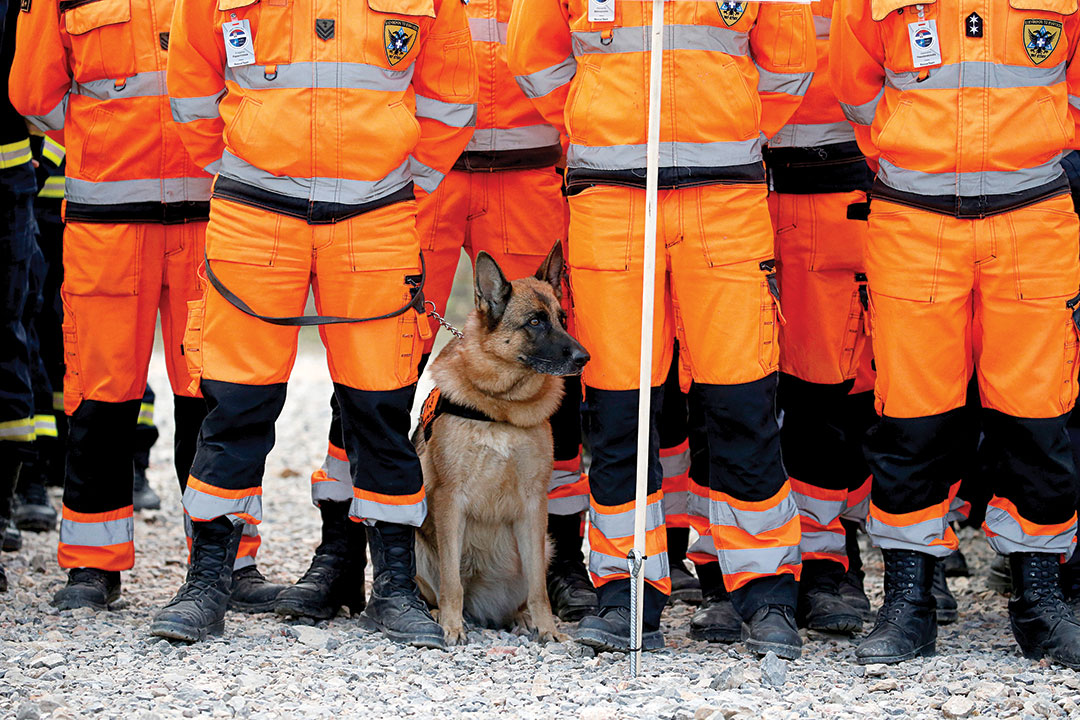
During emergencies, the media frequently focused on the communication shortcomings of LSGUs, particularly on Obrenovac — the municipality that is nearest to Belgrade and where the biggest electrical energy provider in Serbia is based. Chronologically, the first issue that appeared in the media during the floods was the late activation of sirens, the early warning system, and the late call to evacuate the inhabitants of Obrenovac and the surrounding villages of Draževac, Veliko Polje, Konatice and Poljane. According to the reports, the alarm sirens were activated on May 16 around 5 a.m., when the flood wave had already entered the ground floor of a number of buildings in Obrenovac.
Even more problematic was the confusing information regarding evacuation. In a report by the head of the Department for Emergency Management of Belgrade, as well as in the conclusions of the emergency management of Obrenovac, it is stated that the Obrenovac emergency management headquarters ordered the evacuation of Draževac, Konatice, Poljane, Veliko Polje and a part of the village Piroman on May 15 at 10 a.m., while the evacuation of the hamlet of Šljivice was ordered the same day at 3 p.m. The report also states that on May 15 a negligible number of inhabitants were evacuated due to massive noncompliance, and that only after the president of Serbia visited the villages and spoke directly with the locals did the number increase. However, after the floods, in an interview for the CINS investigative journalism network, the mayor of Obrenovac stated that the orders from Belgrade City Headquarters for the evacuation of Poljane and Veliko Polje were given by telephone at 12 p.m. and 1:30 p.m. respectively, when the villages were already under water.
These examples show that there were obvious communication problems between various levels of governance, in this case between regional (Belgrade), municipal (Obrenovac) and local (emergency units in villages). That caused delays in crisis response and ineffective evacuation efforts, which in turn resulted in the inefficient use of human and material resources.
Serbians are passionate users of social networks, in particular Facebook. This inevitably led to various rumors, many of which were related to conspiracy theories about the real scale of the disaster. Interestingly, 15 people who shared and spread such news on Facebook (which had first appeared on various blogs and news portals) were interrogated by the police for the spread of panic during the state of emergency. Criminal charges were filed against nine of them. One well-known case involved a Belgrade-based reality program participant and makeup artist, who was charged for a Facebook post in which she stated that “corpses are floating down the river Sava but the Ministry of Interior is covering it up.” Other Facebook posts were in a similar vein: “There were three hundred casualties only the first day. Unfortunately, now the number is much higher,” and “Two days ago 250 corpses were found, yesterday 98 more, but the Government doesn’t want to create the panic,” and “TV Pink is a disgrace. They give space to the liar who claims there have been only 12 casualties in Obrenovac. Yesterday evening I spoke with my colleague from the faculty who said that thousands of bodies float in the river Sava. I trust him because he himself was evacuated in a boat. This morning I got the same information from another friend. Those people did not drown, but they were killed by electric shock. The sirens were late; the water already entered the town.” Several people who were detained and interrogated for spreading panic complained about their treatment by the police, and there were discussions about whether Facebook, blogs and forums are regarded as mass media under the public information law. In addition, the government was accused of a heavy-handed approach to the (mostly online) media users who questioned and criticized the efforts of local and national authorities during the floods.


Comments are closed.